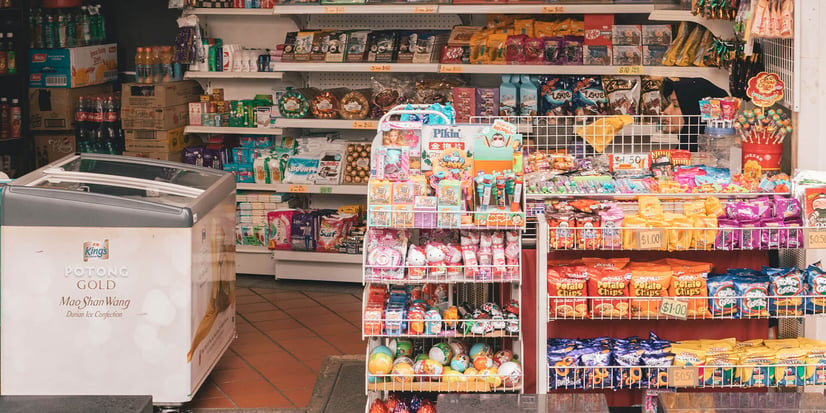
Retail customers shop at one retailer or another based on a combination of: product, selection, price, convenience, shopping experience, service and the retailer’s reputation. Which of these is most important and influences a customer’s decision — or not — usually depends on the product being purchased, the customer’s financial wherewithal, and is often stratified by the age demographic of the shopper. The retailer with the best blend of these attributes wins… whether they are an independent retailer or a big brand.
Creating value for customers
Perception is reality. A customer’s perceived value is the difference between their evaluation of the benefits and costs of one product/retailer experience when compared with others. And value can be created in both qualitative and quantitative measures. On the qualitative side, added value is the perceived gain composed of individual's emotional, mental and physical condition plus various social, economic, cultural and environmental factors. On the quantitative side, value is the actual gain measured in terms of financial numbers, percentages, and dollars.
Size is not all that matters
While the big brands often have a quantitative advantage, like economic scale (better deals, locations, access to capital, etc.), selection and price… independents are usually better positioned to offer unique options, as they have the same or comparable products and with a higher level of qualitative benefits such as convenience, overall shopping experience, and service. Size has nothing to do with being smart, astute and entrepreneurial. And being smaller usually equates to being agile. With these advantages the independent retailer can earn a superior reputation and customer loyalty.